If you’re looking to turn your home into a plant-filled paradise, one way to grow your plant collection – literally! – is by propagating plants you already have. Propagation is a process by which you can create new baby plants from mother plants you already own. There are a number of ways to go about it, and although the process can feel daunting, it’s actually fun and easy, especially if you keep these 15 tips in mind.
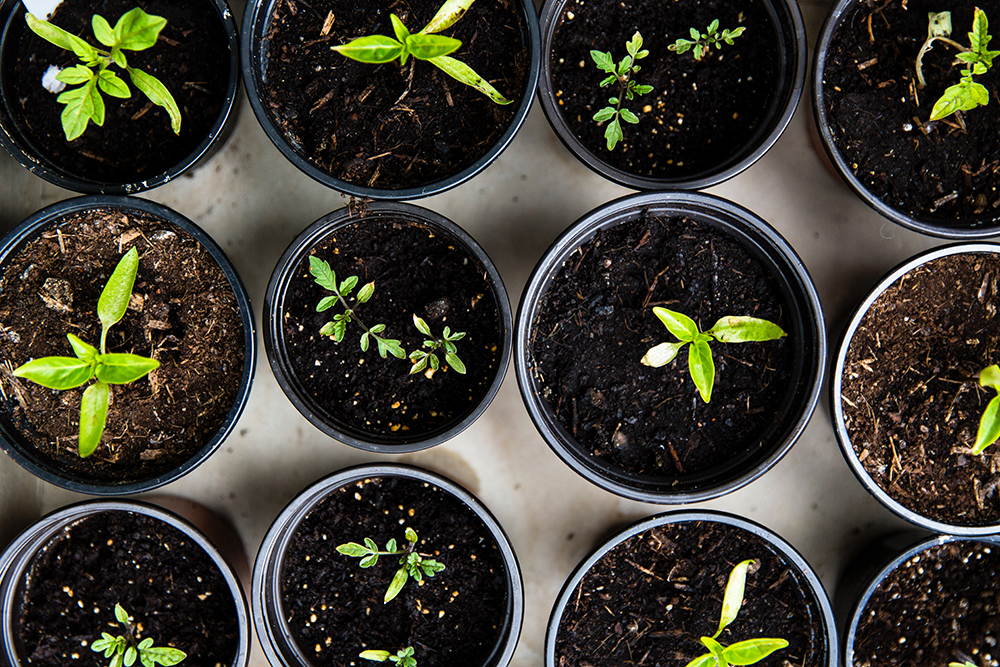
There Are Three Ways to Propagate
When it comes to plant propagation, there are three different methods. Water propagation entails taking a plant cutting and propagating plants in water; soil propagation is similar but entails propagating plants in soil, and propagation by division means dividing an existing plant in two to create two separate plants. Which method you use depends on your preferences and the plant you’re planning to propagate, but many popular houseplants – like monsteras, sansevierias, pothos, and hoyas – propagate well through water propagation.
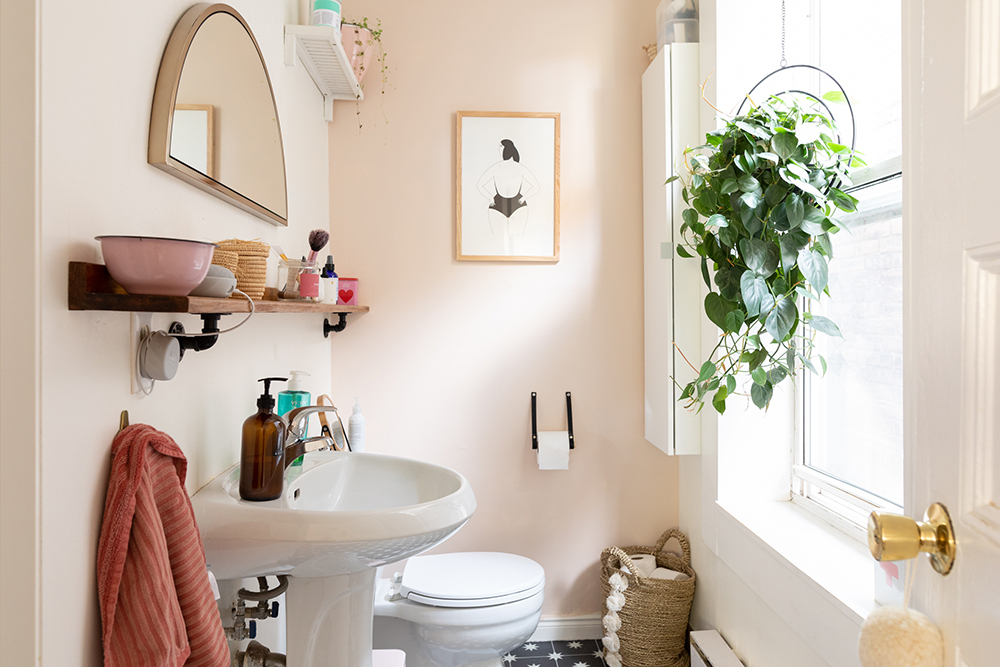
Always Propagate From a Healthy Mother Plant
No matter which way you choose to propagate your plant, your first step is to choose a plant propagate. Be sure to propagate from a healthy mother plant – like this philodendron in home decor YouTuber Alexandra Gater’s stylish bathroom – rather than one that’s struggling to adjust, or recovering from pests or over- or under-watering. This will ensure that the mother plant continues to thrive, and set the propagated cutting up for success.
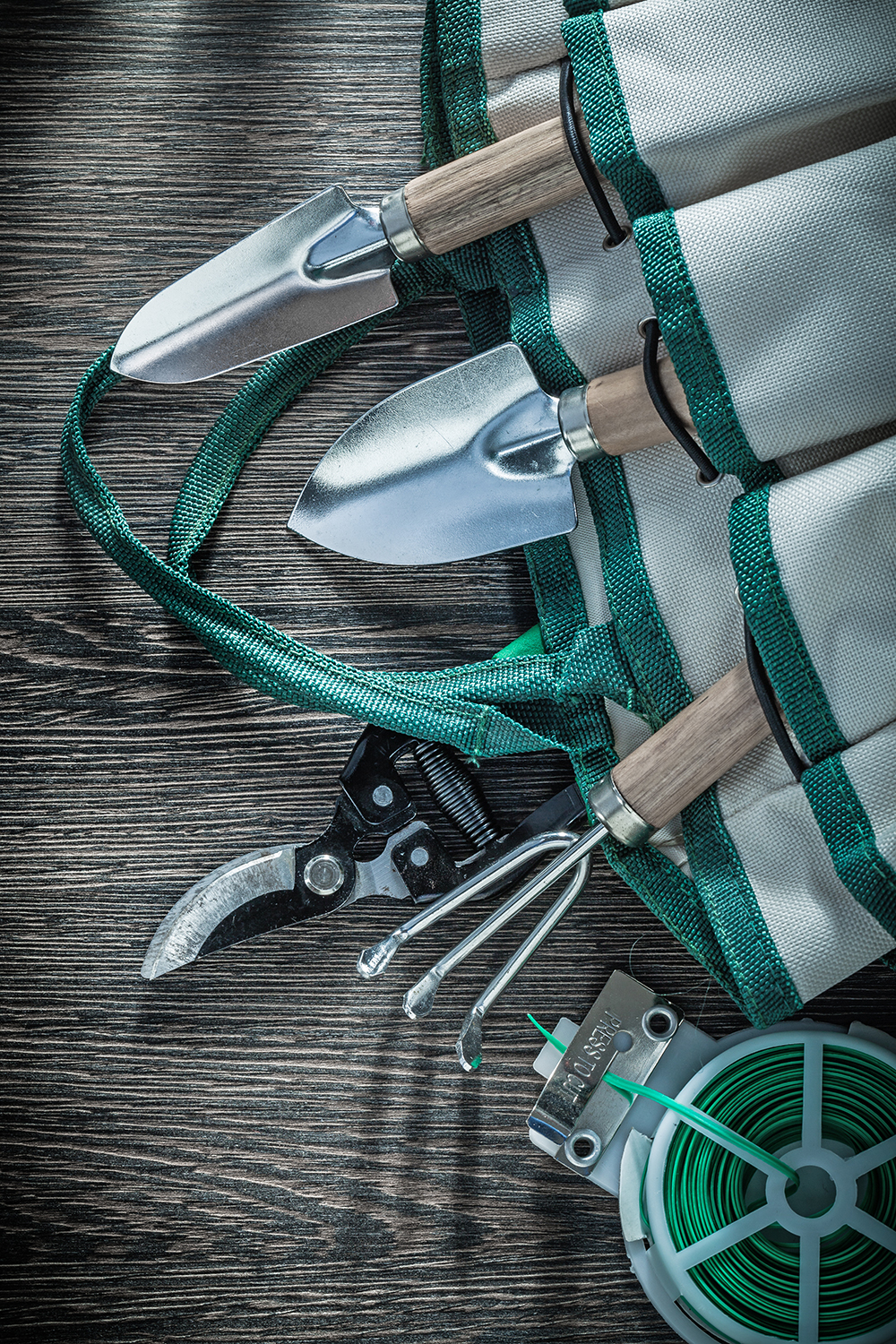
Use a Sharp, Clean Knife to Make Your Cutting
Using the right tools for propagation can help set your new plants up for success. A sharp knife or pair of garden shears will make a quick and clean cut, which will ensure that the mother plant undergoes as little trauma as possible. Sterilize your shears or knife with some rubbing alcohol beforehand to avoid introducing any harmful fungus or bacterial to the mother plant or the cutting.
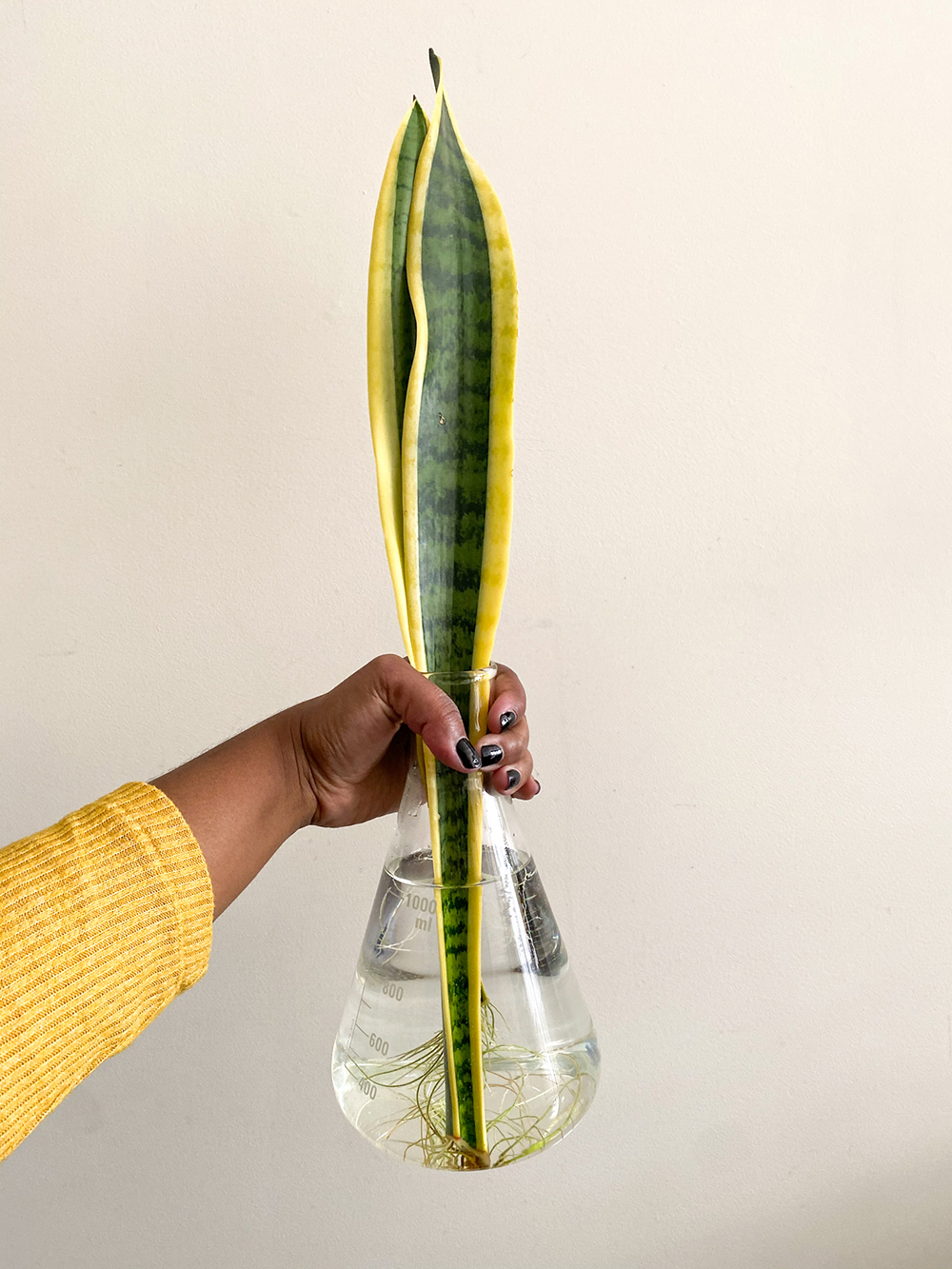
Take a Cutting at an Angle
When taking a plant cutting for propagation, you’ll want to make the cut at about a 45 degree angle. Whether you put the cutting in a jar of water or a pot of soil, this ensures that the end won’t sit flush against the side of the container and prevent the cutting from sprouting roots.
Related: 20 Hacks That Will Bring Your Dead (or Dying) Plant Back to Life

You Don’t Necessarily Need to Use Rooting Hormone
Rooting hormone is a powdered hormone meant to make propagation easier by encouraging cuttings to develop roots. This is nice to have, but isn’t absolutely necessary. Cuttings will root naturally without it, it may just take a little longer.
Related: Support Local: The Best Online Plant Stores in Canada

For Most Plants, Be Sure That Your Cutting Includes a Node
A node is slightly thicker, knuckle-like structure on the stem of most plants. When taking a cutting from a plant to propagate, make your cutting right below a node, as this is the area that will develop roots.
Related: Weird Plant Tips for Your Home and Garden That Actually Work

For Plants with Air Roots, Ensure Your Cutting Includes an Air Root
If you’re wondering how to propagate a monstera, keep in mind that monsteras have air roots to help them climb up other plants or trellises. Air roots convert easily to water roots and soil roots, so make your cutting right below an air root. You can then place your cutting in water or damp soil to allow the root system to further develop.

You Can Sometimes Propagate More Than One Plant From Each Cutting
For vining plants with air roots like money plants (pothos) and swiss cheese plants (monstera adansonii), you can sometimes propagate more than one baby plant from one cutting. If your cutting has multiple nodes or multiple air roots, you can further cut it into segments with one node or air root per segment. Each segment will root on its own and become a new plant.
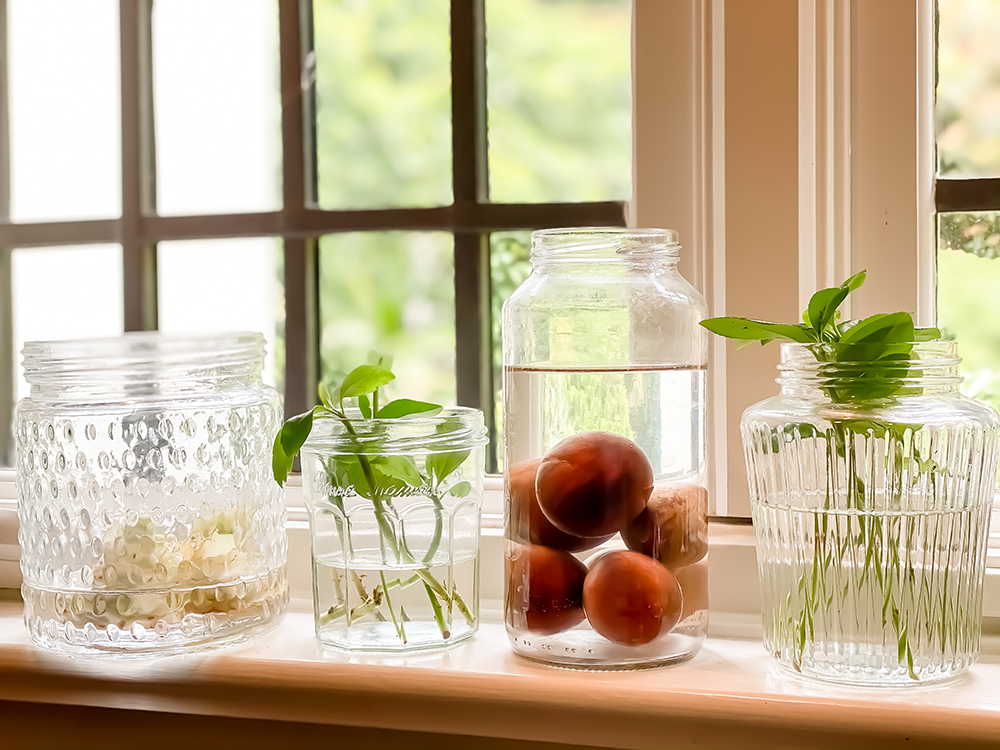
For Water Propagation, Change the Water Frequently
One perk of water propagation is that you get to watch the roots develop. Check the roots and change the water frequently – every week or two – to prevent the cutting from growing mold. If you do see mold, throw it away and try again with a fresh cutting.

For Water Propagation, Keep Leaves Above Water
When placing cuttings in a jar or vase of water, try to keep all leaves out of the water. If leaves are left to sit in water, they can rot and negatively affect root formation.
Related: Hacks That Will Bring Your Dead (or Dying) Plant Back to Life
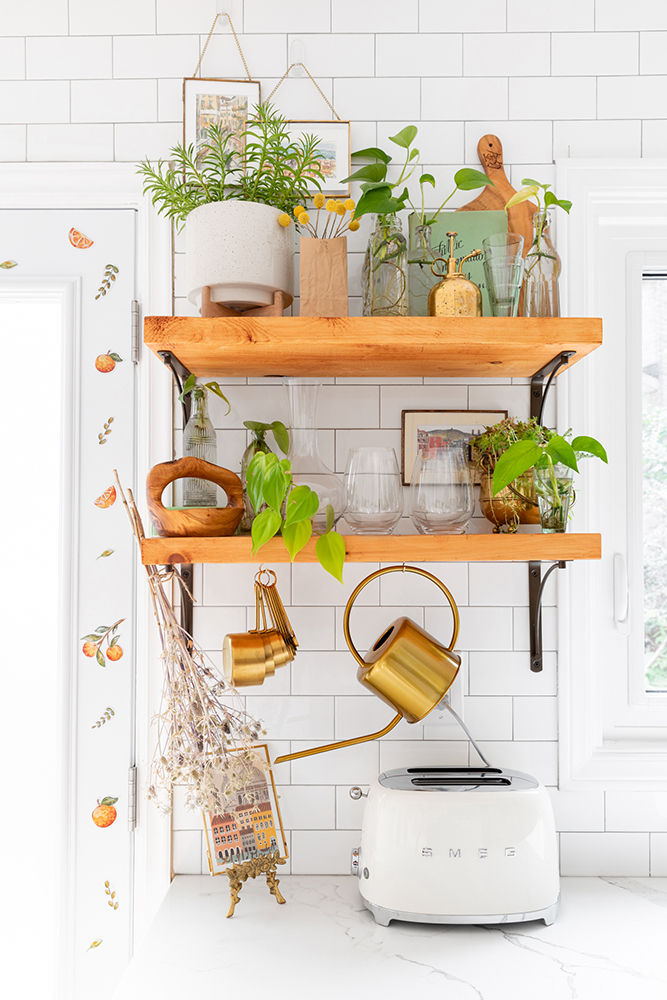
For Soil Propagation, Keep the Soil Damp
Soil propagation is great for its ease and simplicity – you simply stick the cuttings in soil and wait for them to root. Keeping the soil damp will provide an ideal environment for roots to form. They make great decor while you wait, as in this gorgeous boho kitchen.

For Propagation by Division, Avoid Breaking Any Roots
Propagation by division is a great way to propagate plants that naturally form offshoots or baby plants, like the Instagram-famous pilea peperomioides. While separating the baby from the mother plant, try to disturb the mother plant’s roots as little as possible to ensure that it continues to thrive even after propagation.
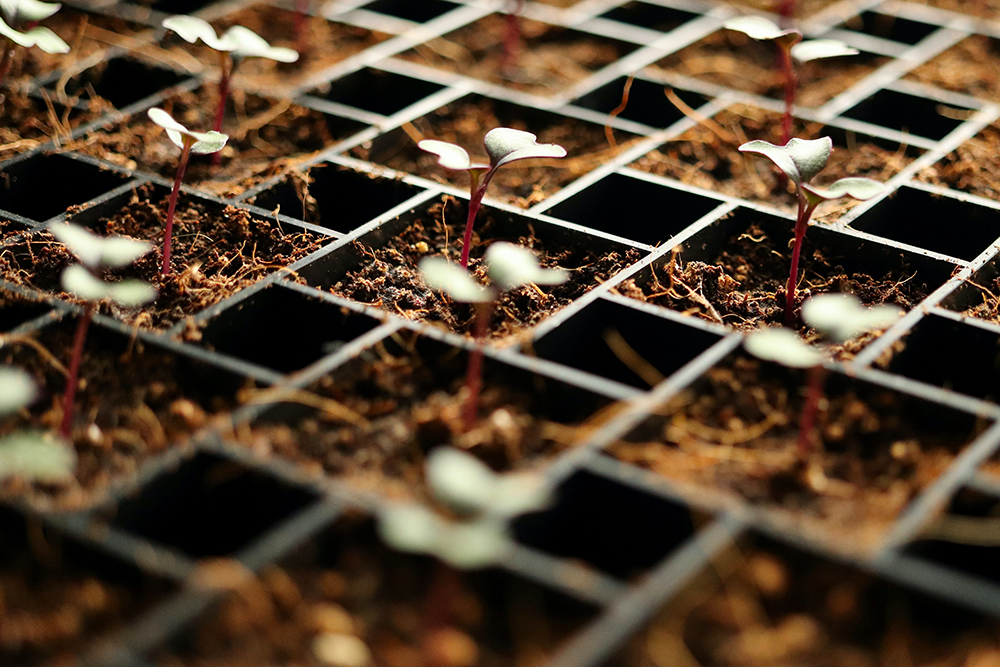
Give Your Propagations Lots of Light
Whichever propagation method you choose to use, ensure that your new propagations get lots of bright, indirect light. Root formation takes a lot of energy from a little leaf, and plants need lots of light to generate the energy they need.

Propagate Several Cuttings at a Time
No matter how much love, light, or rooting hormone you give your propagations, there’s always a chance that cuttings will either rot or just not grow roots. To increase your success rate, don’t just take one cutting from each plant you hope to propagate. Instead, take several cuttings from each plant and place them in the same water or soil.
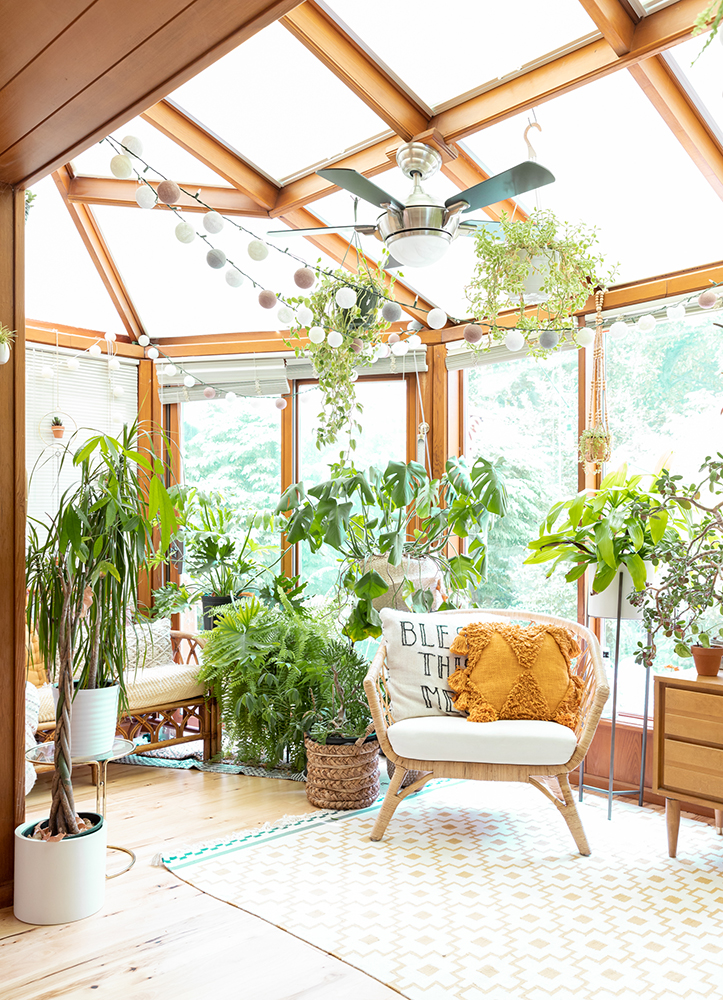
Be Patient
The saying “patience is a virtue” applies to propagation, as with many things in life. Although it’s fun to check your cuttings to see if roots have formed, don’t be discouraged if they don’t form right away. Depending on the plant, roots can take a few weeks to a few months to form. As long as there’s no mold or rotting, be patient and don’t give up hope! Before you know it, your home will be a gorgeous, plant-filled paradise.
HGTV your inbox.
By clicking "SIGN UP” you agree to receive emails from HGTV and accept Corus' Terms of Use and Corus' Privacy Policy.




